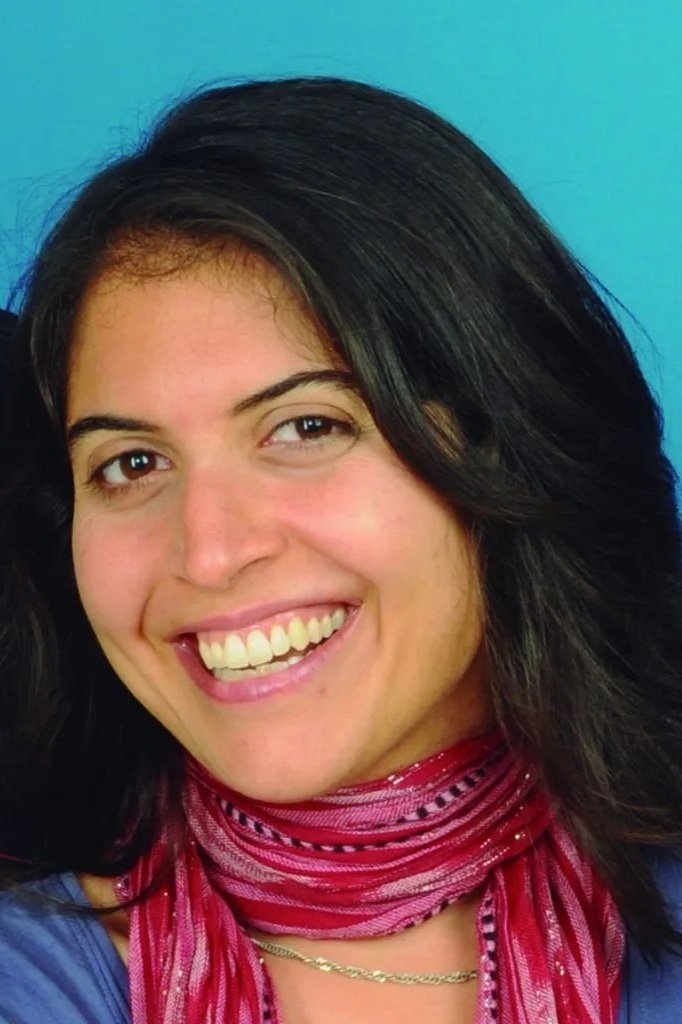Interview with Afsaneh Moradian, Author of “Jamie and Bubbie”
In many books, a child learns about a given topic from an adult. In Jamie and Bubbie, however, the child teaches the adult about identity and pronouns. Why did you choose to frame the learning in this way?
In general, children are very accepting of different gender identities and pronouns, including using the singular they. It’s the adults that tend to decide that they are too old or too set in their ways to learn how to use different pronouns or view gender beyond the binary. In this book, Jamie does the teaching because Jamie is an example of how a child who is secure in their identity can confidently and lovingly explain these ideas to others.
While Bubbie clearly has a lot to learn about gender, identity, and pronouns, there is no conflict in the learning that takes place; she is open and appreciative of Jamie’s insights. What was behind this choice and what do you hope readers take away from Bubbie’s openness to learning?
My hope is that adults will take their cues from Bubbie and begin to recognize that using someone’s correct name and pronouns isn’t a choice or related to personal beliefs.
Bubbie struggles with pronouns and making assumptions about gender, but is open to learning because she understands that it’s just as hurtful to call a woman “he” as it is to call a non-binary person “she”. Bubbie’s respect and empathy for others makes her want to learn.
I hope that adult readers will read Bubbie’s responses and realize that they may need to make some adjustments in how they use pronouns. It’s so important for adults to understand that using someone’s chosen name and pronouns is key to showing them love and respect.
You are a teacher with many different students - you have taught preschool and middle school, you have worked with teachers to develop curricula, and you have worked with parents who are homeschooling their children. How do all these roles intersect, and how have they impacted your writing?
At the heart of all the work I do is a fundamental respect for children as individuals and intellectual beings. From the earliest age, children have their own ideas and perceive the world in unique ways. Learning and communicating with children has to be rooted in respecting and celebrating each individual child for who they are and how they learn and experience the world. This is how educators create safe, inclusive, and validating spaces that facilitate learning.
When you look at who kids are, not who you expect or wish them to be, communication, planning, and curricula begin to look very different. Children build confidence in their ability to learn and communicate their ideas to others. They feel loved and supported in their learning, instead of feeling controlled or forced to learn.
What advice do you have for teachers who may be struggling to build curricula that both highlights diversity and inclusion and meets state standards?
Often the state standards focus on skill building and the work students produce. So, one way to include diversity and inclusion in your planning is to choose which aspects of diversity and inclusion you’d like to highlight during a specific unit of study and add a project to the unit.
A project that consists of different components (written, visual and/or performance art), that is then shared with the class, will incorporate several state standards at the same time. It’s also a fun way to bring in students’ creativity, assess how much students have really understood about the topic, and enable students to demonstrate their learning in a variety of ways that meet their specific learning needs.

